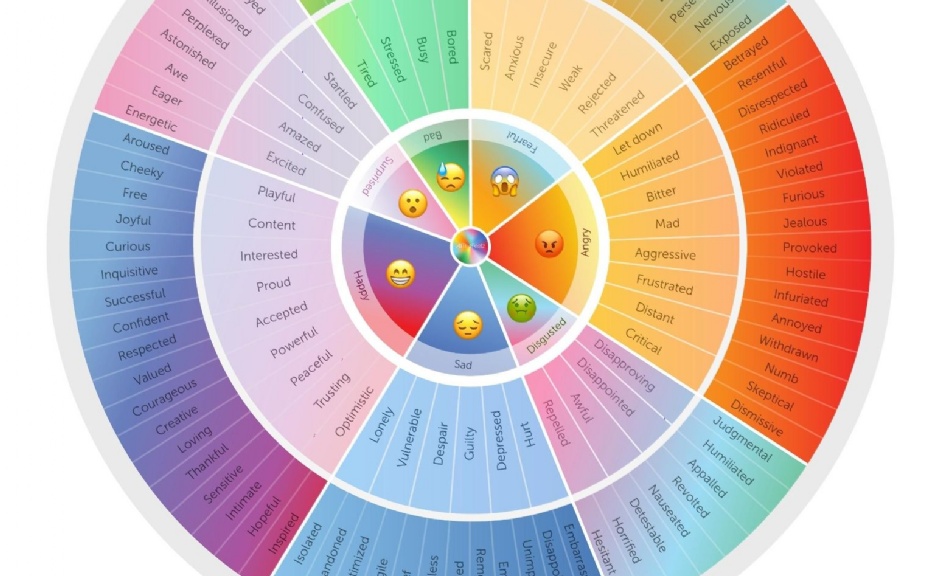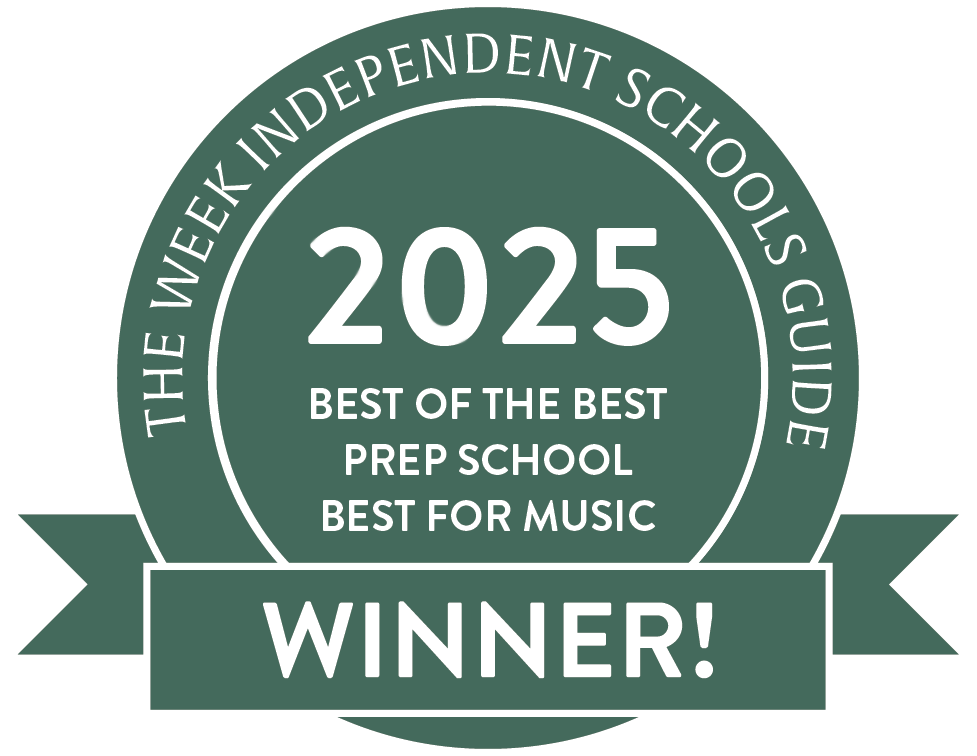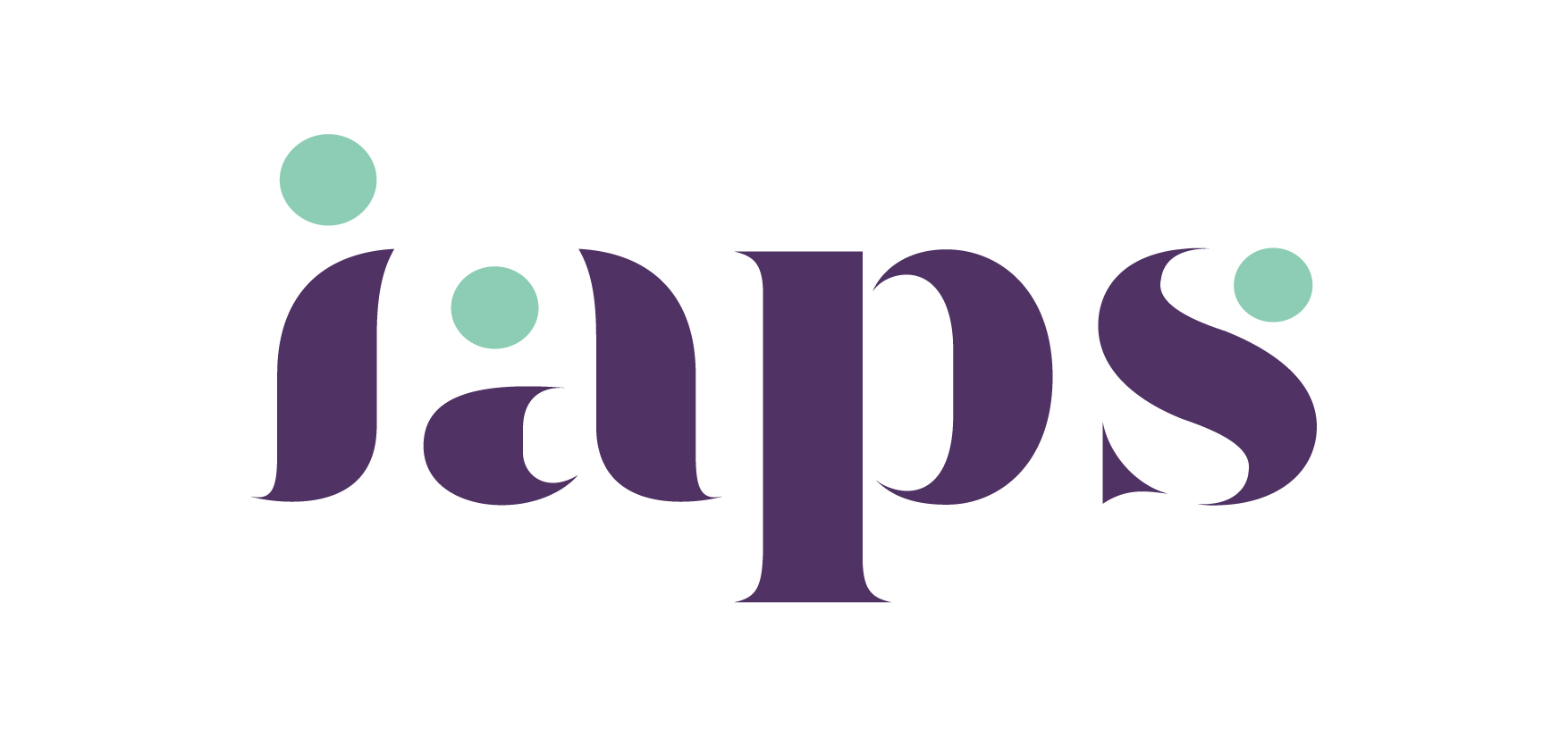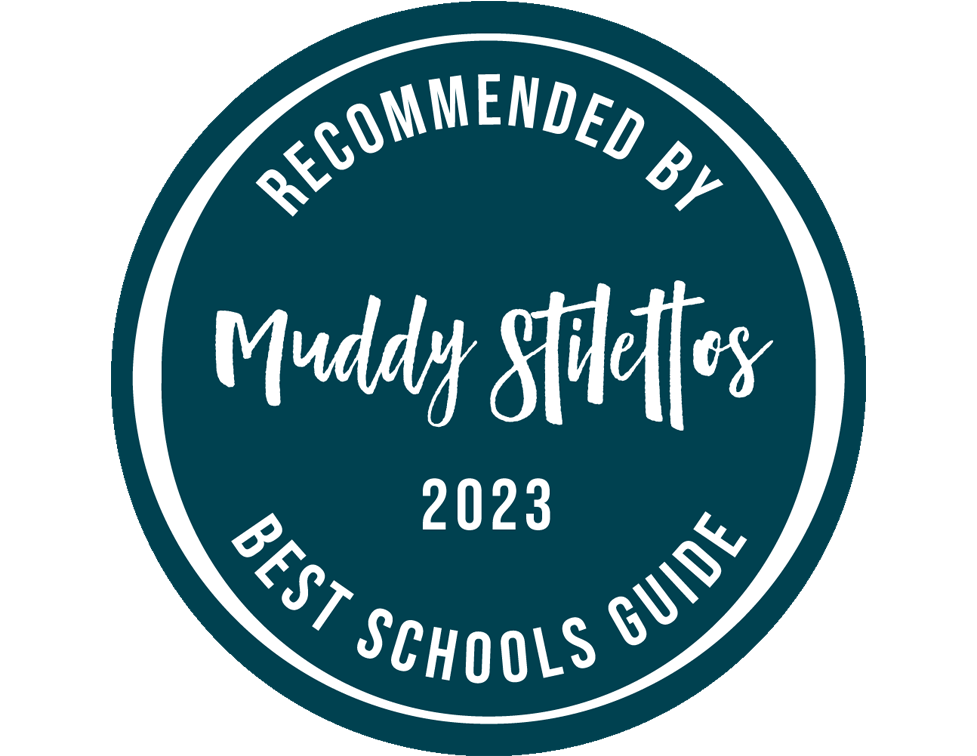From the Base - Emotional Literacy

I have written about this before, but as I am currently doing a lot of work on this with Y2-Y5, I thought it might be useful to revisit it.
One definition is, "Emotional Literacy is the term used to describe the ability to understand and express feelings. Emotional Literacy involves having self-awareness and recognition of your own feelings and knowing how to manage them, such as the ability to stay calm when angered or to reassure oneself when in doubt."
This is a vital part of what we do at Pilgrims'. You won't find this on a traditional curriculum document, but helping young people understand their feelings and then manage them is great preventative work to help build and protect good mental health. Never more so than during lock down.
Small children often use sad, happy and angry to describe their emotions. But how many of them are aware that when we get nervous we sometimes feel ill? Or that physically, nervous and excited feel similar? Or that annoyed or irritated is a better word to use than angry, as it describes the feeling AND a reason why. As I tell them, why paint with three colours when there are hundreds to choose from?
Parents are the biggest influence in helping to develop emotional literacy. Talking and exploring feelings, and exposing your children to your own thoughts and emotions is how they will learn. They will see how you manage your feelings and look to imitate. We set the example.
Have a good Exeat.








